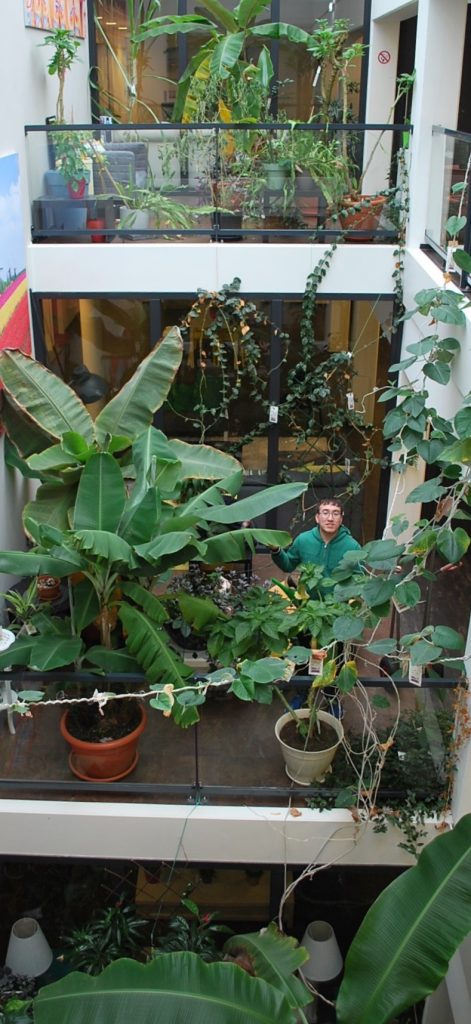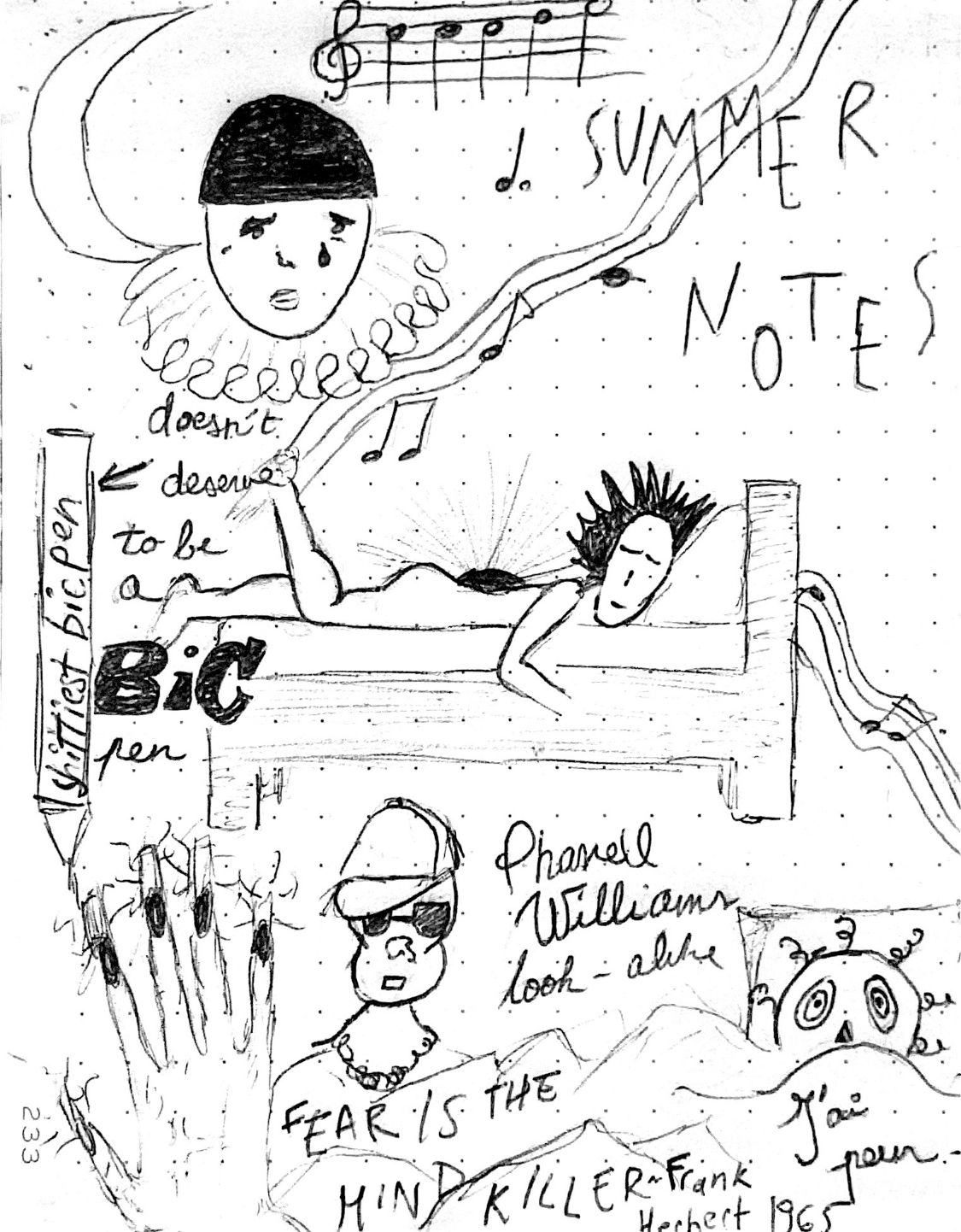 The Old Herbarium
The Old Herbarium
Once upon a time, on the road up to the Wageningse Berg, lay WUR’s old Herbarium and tropical greenhouse. The Herbarium stored a collection of dried plant specimens, mostly from the African continent, labelled and stored for education and research. In 2010, the land was sold by the University to the investment company Vandenbrink Property B.V., who, despite several attempts by students and residents to rescue the greenhouse, tore it down to build apartments and turned the Herbarium into student accommodation. While the Herbarium no longer stores dried plant specimens, it is still home to hundreds of plants, all of which are very much alive. Is this an attempt by Vandenbrink to connect the building to what it once was? Definitely not. This is the making of the biggest and most committed plant lover I have ever met – Hein Groot.
How it all began
Hein Groot lives and studies in Wageningen, where he first completed his Bachelor’s and is now completing his Master’s in Plant Sciences, specialising in greenhouse horticulture – a very fitting study indeed! When he moved into the Herbarium in 2016, there were no plants at all, or at least not real ones. While he began with plants in his room, he declared a war on plastic plants and slowly started taking over common areas, with a collection roughly 400 plants big. From Hoyas and Monsteras to Banana trees and Brugmansias, Hein has them all. A personal favourite was his Euphorbia Leuconeura – I discovered this plant in Wageningen, but I’ve never seen one as big as Hein’s. It’s apparently nicknamed the “bommenwerper” in Dutch because it shoots its seeds around the place, creating a symphony of ticks against windows and wooden floors. Inspired by his grandparents who spent hours in the garden and a neighbour who was an avid gardener with a greenhouse, Hein’s love for plants started from a young age. “Plants just make me happy. Some people like dancing, partying, and I just take care of plants. I love working with plants, potting soil, seeing improvements, seeing things that work well for a plant, or don’t”.
A demanding hobby
He didn’t choose the easiest hobby, though. When I asked him how many hours he spends a week on looking after his plants, I could not quite believe the answer. On good days, which are usually in Winter when plants require less care, he spends about an hour a day on his plants. On bad days, that hour is multiplied by twelve. That’s right, you read right – Hein has spent up to 12 hours a day looking after his plants! This was the case in Summer 2019 when Wageningen was taken by a heatwave. Keeping up with the banana plants or Brugmansias at that time was impossible; he’d water the plants
and they’d be dry as soon as his first round was over. Hein decided to move all the plants to the shade, after which he’d have to spend 6-8 hours a day watering the plants – a relatively more manageable amount of time. Luckily, the housekeepers and other residents also helped in this period, providing some relief to Hein’s sore back and knees.
Most of the time, Hein’s plants are grateful for all the work he puts into caring for them. But sometimes, they find peculiar ways to remind him that they are not to be messed with. The 2019 heatwave brought Hein many bananas, but due to high temperatures in the building, the bananas turned a strange shade of black. Wanting to taste the fruits of his labor, he couldn’t resist taking a tiny bite, ending up in the bathroom for two weeks straight, giving a whole new meaning to going bananas.
Hein received some complaints from Vandenbrink about the plants. The housekeepers, however, have defended the collection against the company, arguing that both they and the residents enjoy them. When Hein eventually leaves, he’ll have to reduce the number of plants in his collection and make a selection. But he will not let the plastic plants win. “This is the Herbarium – I cannot leave it without plants”, and so the Herbarium will live on.
Hein's top plant tips
If you see a nice plant, buy it.
It’s wise to pull out your smartphone and look up the plant’s basic requirements: What’s its water demand? What kind of air humidity does the plant like? How much light does it need?
Keep in mind this is The Netherlands; even when you put your plant in direct sunlight, the sun
is not that strong in the Winter.
Don’t forget to fertilise your plants. When people ask Hein for advice on their sad-looking plants, the first question he asks is whether they feed their plants, and 9 times out of 10, the answer is no. Plants need food, just like you and me. So refresh the potting soil and buy a little can of liquid fertiliser.
There are plenty of organic fertilisers out there too, but beware, they may stink up your room.
There are so many places to find plants these days. Onszaden unfortunately closed their plant
shop in the city centre but they still sell a huge variety of tropical, subtropical and non-tropical
plant seeds online.
Sometimes, you can also get lucky and find nice plants in supermarkets or garden centres. Marktplaats and Facebook groups are also great places for plant hobbyists to share plants.
Shevani Murray


